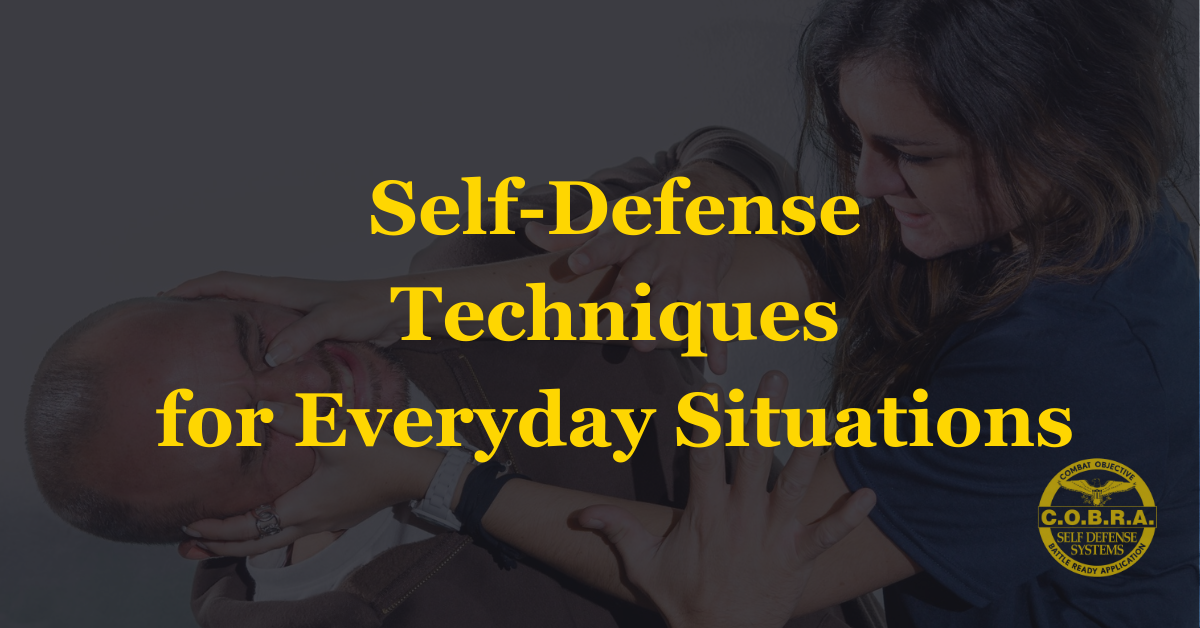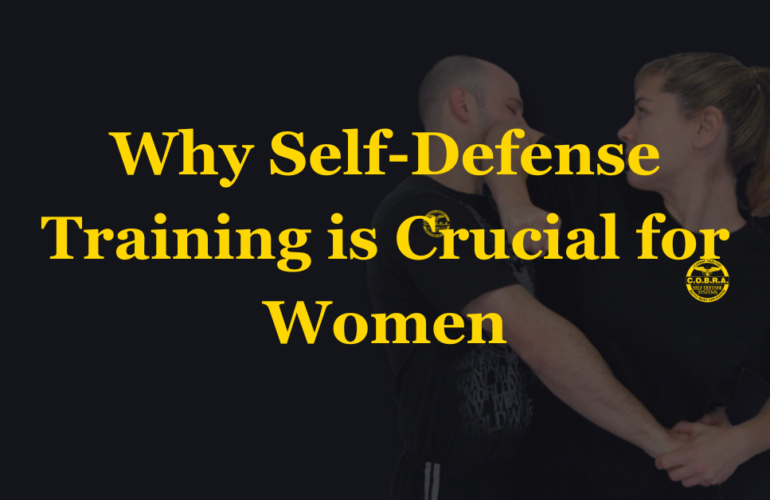Self-defense isn’t just a skill; it’s a mindset. In a world where unexpected situations can arise, having the knowledge and confidence to protect oneself is invaluable. This article explores various aspects of self-defense, from understanding the psychology behind it to practical techniques for everyday situations.
Introduction
In a society where personal safety is paramount, the need for effective self-defense techniques cannot be overstated. This article delves into the world of self-defense, providing insights into the psychology of self-protection and offering practical advice for individuals seeking adult self-defense training.
Understanding Self-Defense Psychology
Mental Preparedness
Before physical techniques, mental preparedness is crucial. Recognizing potential threats and developing situational awareness lay the foundation for effective self-defense.
Choosing the Right Adult Self-Defense Training

Researching Available Options
Not all self-defense programs are created equal. Researching available options helps individuals find the right fit for their needs and goals.
Evaluating Instructors and Programs
A key aspect of successful self-defense training is choosing the right instructor and program. This section provides guidance on what to look for when making this crucial decision.
Considering Personal Preferences and Goals
Self-defense is a personal journey. Understanding one’s preferences and goals helps in selecting a training program that aligns with individual needs.
Basic Self-Defense Moves for Adults
Importance of Simplicity and Effectiveness
In the heat of the moment, simplicity is key. This section explores the significance of straightforward yet effective self-defense moves.
Techniques for Escaping Common Holds
When confronted with a physical threat, knowing how to escape common holds is essential. Practical techniques are outlined to empower individuals in such situations.
Striking Techniques for Self-Defense
Striking is a fundamental aspect of self-defense. This section introduces basic striking techniques that can be used effectively by adults in various situations.
Utilizing Everyday Objects for Self-Defense
Turning Ordinary Items into Defensive Tools
In everyday situations, ordinary objects can become powerful defensive tools. This part of the article provides examples and scenarios to illustrate this concept.
Practical Examples and Scenarios
Real-life scenarios demonstrate how everyday objects can be utilized for self-defense, emphasizing the importance of adaptability in different situations.
Safety Precautions When Using Improvised Tools
While using everyday objects for self-defense, safety should always be a priority. This section outlines crucial precautions to take to avoid unintended harm.
The Role of Fitness in Self-Defense
Physical Conditioning for Better Self-Defense
Physical fitness enhances one’s ability to defend oneself. This segment explores the connection between fitness and effective self-defense.
Incorporating Exercises into Daily Routines
For busy adults, integrating self-defense exercises into daily routines ensures consistent physical conditioning and preparedness.
Improving Agility, Strength, and Endurance
Specific exercises to improve agility, strength, and endurance are discussed, offering a holistic approach to self-defense through fitness.
Building Confidence through Self-Defense
The Psychological Impact of Self-Defense Training
Self-defense training goes beyond physical skills; it also has a profound psychological impact. This section explores the confidence-building aspects of self-defense.
Gaining Confidence in Everyday Situations
As individuals become more proficient in self-defense, their confidence naturally extends to everyday situations, fostering a sense of security.
Overcoming Fear and Hesitation
Fear and hesitation can be significant obstacles in self-defense. Practical tips are provided to help individuals overcome these emotional barriers.
Self-Defense for Women
Tailoring Techniques to Women’s Needs
Women may face unique challenges. This section addresses the specific self-defense techniques tailored to the needs of women.
Empowering Women through Self-Defense
Self-defense is a tool for empowerment. This part of the article encourages women to embrace self-defense as a means of reclaiming control and confidence.
Addressing Common Concerns and Misconceptions
Common concerns and misconceptions surrounding women’s self-defense are addressed, dispelling myths and encouraging informed decision-making.
The Legal Aspects of Self-Defense
Understanding Self-Defense Laws
Legal considerations are paramount in self-defense. This section provides an overview of self-defense laws, emphasizing the importance of understanding and abiding by them.
Responsibly Applying Self-Defense Techniques
Self-defense should always be applied responsibly. Guidelines are outlined to ensure that individuals use their skills within the boundaries of the law.
Seeking Legal Advice When Necessary
In complex situations, seeking legal advice is crucial. This part of the article advises readers on when and how to seek legal counsel regarding self-defense.
Mindfulness and Self-Defense
Incorporating Mindfulness Practices
Mindfulness enhances focus and awareness, contributing to effective self-defense. This section explores the integration of mindfulness practices into self-defense training.
Enhancing Focus and Awareness
Being mentally present is key to successful self-defense. Techniques to enhance focus and awareness are discussed in detail.
The Connection Between Mental and Physical Preparedness
The synergy between mental and physical preparedness is explored, highlighting the interdependence of these aspects in self-defense.
Self-Defense for Various Environments
Adapting Techniques to Different Settings
Self-defense is not one-size-fits-all. This section provides insights into adapting techniques to different environments, including home, work, and public spaces.
Dealing with Multiple Attackers
Navigating situations with multiple attackers requires a specific skill set. Techniques and strategies for handling such scenarios are outlined.
Continuous Training and Improvement
The Importance of Ongoing Practice
Self-defense is a journey, not a destination. This part of the article stresses the importance of continuous training for skill maintenance and improvement.
Evolving with New Self-Defense Strategies
The world evolves, and so should self-defense strategies. Readers are encouraged to stay updated on the latest techniques to remain effective in their self-defense skills.
Staying Updated on the Latest Techniques
Resources for staying informed about new self-defense strategies are provided, empowering individuals to evolve with the ever-changing landscape of personal safety.
Dealing with the Psychology of Fear
Understanding Fear’s Impact on Self-Defense
Fear can paralyze, but it can also motivate. This section delves into the psychology of fear and its impact on self-defense.
Techniques for Managing Fear in Critical Situations
Practical techniques for managing fear in critical situations are shared, providing readers with tools to navigate high-stress scenarios effectively.
Mental Exercises to Build Resilience
Building mental resilience is essential for effective self-defense. This segment introduces mental exercises to help individuals develop a strong mindset.
Social Aspects of Self-Defense
Encouraging Community Awareness
Promoting community awareness of self-defense fosters a safer environment for everyone. This section discusses the social aspects of self-defense.
Establishing Local Self-Defense Groups
Local self-defense groups can provide support and community. This part of the article encourages readers to explore or establish such groups in their vicinity.
The Role of Peer Support in Personal Safety
Peer support plays a vital role in personal safety. This section emphasizes the value of having a supportive community for ongoing encouragement and learning.
Conclusion
In conclusion, self-defense is not just a set of techniques; it’s a holistic approach to personal safety. By understanding the psychology of self-defense, choosing the right training, and continuously improving skills, individuals can navigate everyday situations with confidence and resilience.
FAQs
- Is self-defense training only for physical protection?
- No, self-defense training also enhances mental preparedness and builds confidence in various aspects of life.
- Are self-defense techniques different for men and women?
- While some techniques may vary, the core principles of self-defense apply to everyone. Training can be tailored to individual needs.
- Do I need to be physically fit for self-defense?
- Physical fitness can enhance self-defense, but training programs can be adapted to various fitness levels.
- How often should I practice self-defense techniques?
- Regular practice is recommended for skill retention. The frequency can vary based on personal schedules and commitments.
- Is it legal to use self-defense techniques in all situations?
- Understanding and abiding by self-defense laws is crucial. The article provides insights, but seeking legal advice when needed is recommended.





